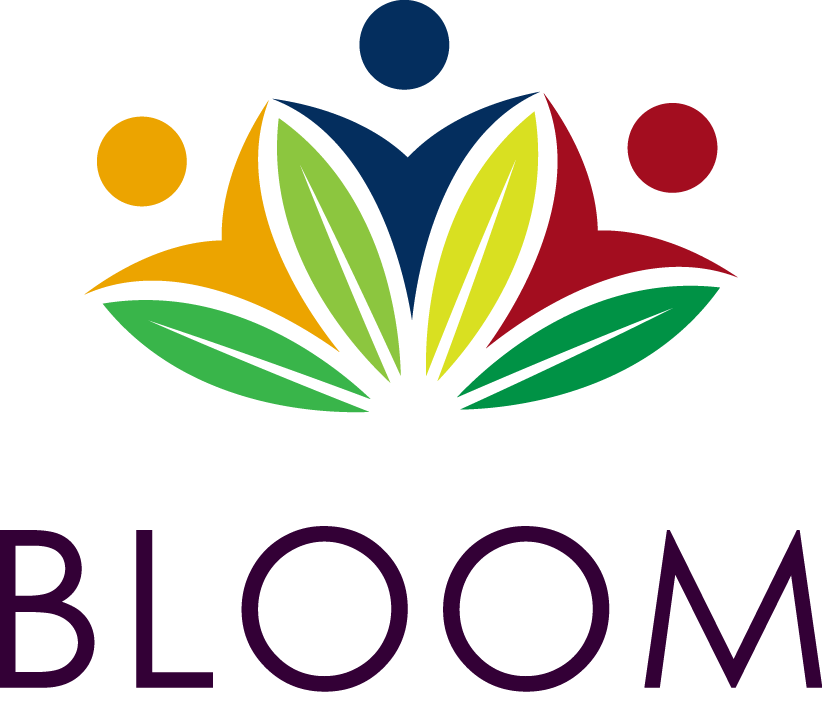“If you don’t know where you’re going, any road will take you there.”
In this blog, we’ve been reviewing Bloom’s five-stage strategic planning process, and talking about what we call “reluctant behaviors”— behaviors that can crop up naturally in the course of a thorough organizational self-examination. Identifying and addressing such tendencies is key to a successful planning process.
In this post we’re going to talk about reluctant behaviors in the context of Stage 2 of our strategic planning process: Alignment & Visioning. At this point in the process we’ve completed the research phase, in which we’ve taken a deep dive into the client’s organization, stakeholder perceptions, and operating environment. Now we’re ready to use what we’ve learned to inform a shared vision for moving ahead.
This vision could involve growth, change, or it could simply be a significant refresh of a longstanding goal. It’s at this point that the metaphor of a “road map” comes into play. Through a series of structured discussions and activities we ask and answer questions like:
“What do you want to be able to say is true for your organization and the people you serve 10 years from now?”
Answering questions like that one allows us to set a point on the horizon — and setting that point helps to inform the pathways we’re going to take to get there.
So how do we set that point? Bloom has a series of activities and protocols that braid stakeholder and constituent input with leadership’s duty to set a vision and take responsibility for it. We help an organization work its way toward a vision that is bold, realistic, and aligned with the organization’s mission.
This is a time in the planning process when organizations sometimes have to navigate very opinionated stakeholders, like parents or staff, who are clamoring for change (or even to stay the same!). This brings us to the first reluctant behavior that can emerge during the visioning phase: feeling threatened by strong, even contrarian opinions, even going so far as to avoid them by excluding certain people from the visioning process. On the contrary, we assert that this is the time to seek and hear those voices, to surface concerns (though without overly amplifying them).
A variety of opinions should inform the vision for the way forward.
At Bloom, our experienced facilitators provide a structured, intentional space that allows a spectrum of voices to be heard. As organizational leaders, you don’t want to have to manage your own community meeting with an open mic. By creating deliberate activities to surface stakeholder feedback, we gather feedback and also make sure the conversation never gets stuck, taken over, or railroaded. Thus, we give stakeholders opportunities to provide meaningful, appropriate input into the visioning process without making leadership overpromise anything in return. If we do this part well, the squeaky wheels will start to trust the process and conclude that they don’t have to be squeaky anymore.
Setting a vision is a test of leadership in other ways. During this part of the process we assess leadership strengths and weaknesses. Some leaders might embrace visioning and say, “Of course it’s my job to draft a vision! I’m the Executive Director!” These kinds of leaders may welcome input, but at the end of the day they take responsibility for the organization’s future course. And that’s a good thing.
On the other end of the spectrum, some leaders prefer a more democratic approach — they’re inclined to feel their way toward a vision through a series of big meetings, rather than making decisive calls themselves. Sometimes this is a cover for leadership insecurity: It’s easier to avoid accountability when no one really knows who made the decision.
That, then, is the needle we thread: We want input, but we also need accountability.The visioning phase is critical for establishing the decision-making processes and structures that undergird the rest of the strategic planning process. In fact, that’s a primary gain for many organizations from a process like this, though it’s not a benefit we promote upfront. Before a strategic planning process begins, organizations typically think they’re ready to implement something new: All they need to know is what that new thing is. Yet you can’t do new things without new structures, new workgroups, new ways for people to engage with each other.
Which brings us to a last challenge: It’s very common to set a 10-year vision and then want to start implementing it immediately. But even after the vision is set, there’s still a lot of work to be done to establish what exactly the organization intends to do to implement that vision. Stay tuned for our next blog post, which will focus on how these details take shape in the detailed planning stage.



